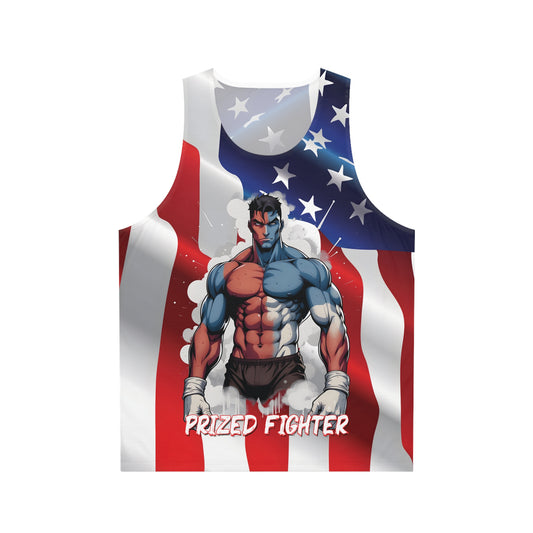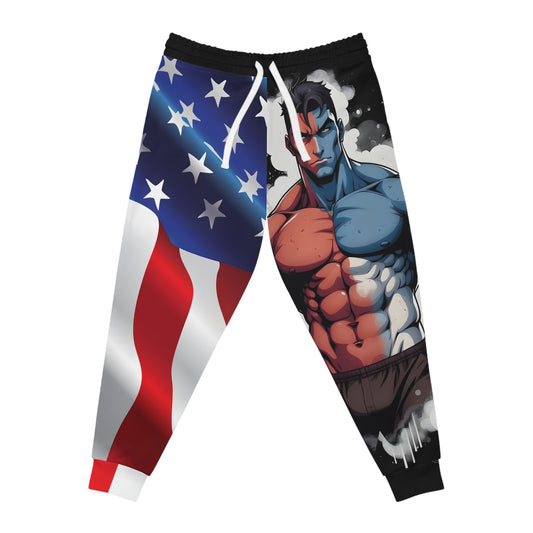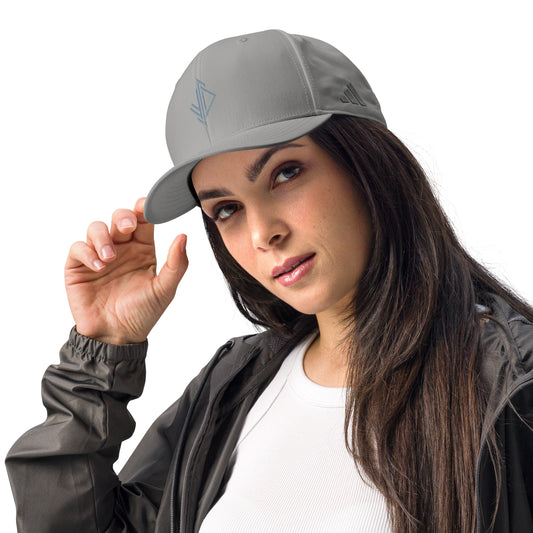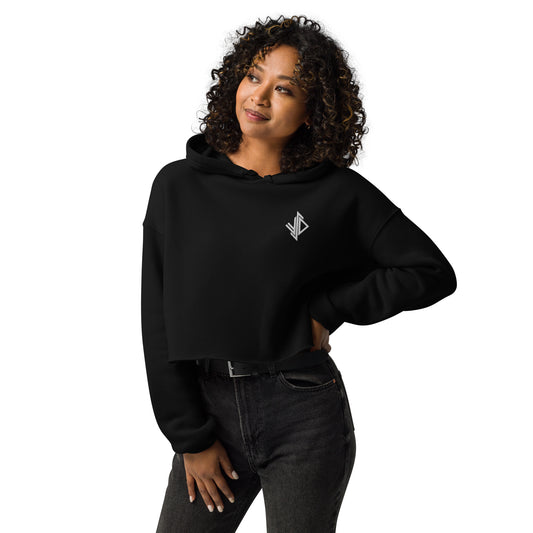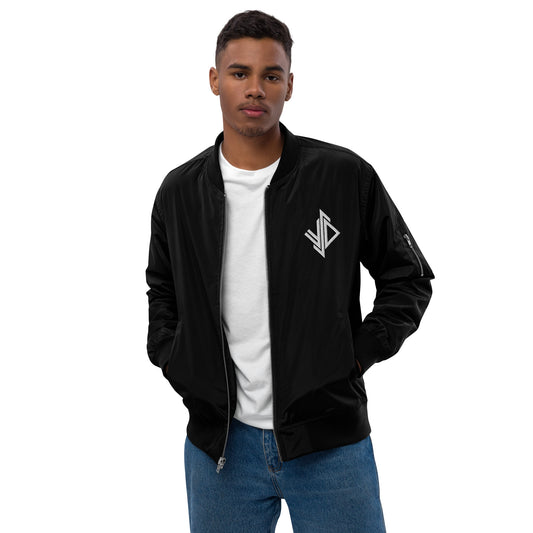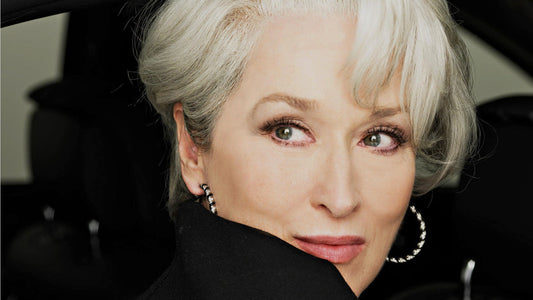
Depeche Mode’s Influence on Music Industry
When you think about iconic bands that shaped the sound of the late 20th century, few names resonate as strongly as Depeche Mode. Emerging from the underground synth-pop scene in the early 1980s, these British musicians quickly transformed the landscape of electronic music and have left lasting footprints in the industry. From their innovative sound to their thought-provoking lyrics, Depeche Mode has been at the forefront of musical evolution. In this article, we’ll explore their immense influence on the music world, highlight five iconic looks the band has donned through the years, and examine how they’ve impacted the fashion scene.
The Musical Evolution of Depeche Mode
Depeche Mode debuted in 1980 with their album "Speak & Spell," which showcased their pop and synth sound. The band consisted of members Dave Gahan, Martin Gore, Andrew Fletcher, and Vince Clarke, the latter of whom left after the first album. It was in this debut that they introduced the world to their catchy melodies and electronic beats, setting themselves apart from other bands of the era.
However, as they released more albums, their music matured, delving into darker and more complex themes. This evolution is most notable in albums like "Violator" (1990) and "Songs of Faith and Devotion" (1993), where they blended electronic music with alternative rock, influencing countless artists across various genres. By embracing more profound, existential themes in their lyrics, Depeche Mode distinguished themselves further from their contemporaries, allowing them to connect on a deeper level with their audience.
What sets Depeche Mode apart is their ability to tackle intricate emotions and societal critiques through their lyrics. Songs like "Enjoy the Silence" and "Personal Jesus" resonate with listeners, merging philosophical themes with catchy melodies. Their willingness to experiment with new sounds has paved the way for many electronic and pop artists who followed, allowing for an evolution of genres that embraces both accessibility and artistry.
As the music industry evolved, Depeche Mode continued to adapt and innovate, keeping their sound fresh while staying true to their roots. Their collaborations with various producers and musicians throughout the years have led to a diverse discography that showcases their creative growth. For instance, their partnership with producer Flood on the "Violator" album marked a significant turning point in their sound, allowing them to experiment with layered production and electronic textures, which would later influence countless artists in the industry.
Five Iconic Looks of Depeche Mode Through the Years
Fashion plays an integral part in the narrative of Depeche Mode. As much as their music influenced the industry, their distinctive style made them visual icons. Let’s take a stroll down memory lane and explore five of their most iconic looks that have left a mark on both fans and fashion enthusiasts alike.
1. The Early 80s Synth-Pop Aesthetic
In their formative years, Depeche Mode embraced the quintessential early 80s synth-pop look. Think oversized shirts, big collars, and sleek hairstyles. Gahan’s boyish charm and Gore’s glamorous style were complemented by a color palette that featured bright pastels and bold patterns. This aesthetic helped define the early wave of electronic music and set the stage for future looks.
During this time, the band was often seen sporting outfits reminiscent of the electro-pop scene, characterized by youthful exuberance and a sense of experimentation. Their music videos, such as "Just Can't Get Enough," showcased their playful style, complete with colorful backgrounds and dance-worthy beats, solidifying their place in pop culture.
2. The Black Leather Era
As Depeche Mode transitioned into the late 80s and early 90s, their look darkened considerably. Embracing a more gothic and leather-centric style, Gahan, Gore, and Fletch often sported black leather jackets, tight pants, and an overall rock-and-roll vibe. This change was captured brilliantly in their album "Black Celebration," and it became a defining characteristic of the band’s new musical direction, complementing their evolving sound.
Throughout this period, Gahan’s image as a charismatic frontman thrived, with his alluring stage presence further emphasized by his leather ensemble. This look resonated with fans who were drawn to the band’s exploration of darker themes, both musically and visually. The leather jackets and minimalist decor of their performances became synonymous with the genre and laid the groundwork for many artists who would emulate this style.
3. The "Violator" Glam
The release of "Violator" in 1990 not only marked a high point in their career musically but also stylistically. During this era, the band adopted a more polished and sophisticated look, often appearing in tailored suits and sleek hairstyles. The "Enjoy the Silence" music video is a prime example of this period, showcasing their sleek and refined aesthetic appealing to a broader audience while still maintaining their edge.
Gahan's suits became iconic, signaling a shift from the rawness of their earlier looks to a more sophisticated image that echoed their musical growth. This era captured the essence of the 90s glam scene, marrying edgy aesthetics with a sense of class and style. It was a transformative period that solidified their status not only as musical innovators but also as fashion icons.
4. The Avant-Garde Phase
In the 2000s, Depeche Mode continued to push fashion boundaries, often experimenting with avant-garde styles. For the "Exciter" and "Playing the Angel" tours, Gahan sported everything from fitted blazers to dramatic capes, while Gore’s looks often included textured fabrics and edgy accessories. This era proved that Depeche Mode was not just about music but also a continual evolution of their visual identity.
The bold fashion choices of this period showcased the band’s willingness to experiment with shapes, colors, and styles. Gahan's energetic performances rendered his outfits even more memorable, as he moved about the stage in a way that highlighted the dramatic flair of his clothing. This commitment to avant-garde fashion allowed them to remain relevant, appealing to a new generation while staying true to their artistic vision.
5. The Minimalist Modern Look
In recent years, Depeche Mode has embraced a more minimalist aesthetic. During their tours for "Spirit" and "Delta Machine," the band opted for simple yet elegant outfits, often in black or subdued colors, focusing on clean lines and a streamlined appearance. This look reflects their maturity as artists while still paying homage to their roots, proving that style can evolve without losing the essence of who they are.
This minimalist phase allows their music to take center stage while maintaining a visually appealing presence. The dramatic impact of their performances is heightened by these understated outfits, demonstrating that simplicity can also convey a powerful message. Whether it’s Gahan's fitted shirts or Gore's elegant layering, this transformation showcases a new sophistication in their style as they continue to thrive in a changing music landscape.
Depeche Mode’s Influence on the Fashion World
It's impossible to discuss Depeche Mode without acknowledging their impact on the fashion landscape. The band has not only influenced music but has also been a key player in shaping fashion trends and styles over the decades. Their ability to weave music and fashion together has allowed them to create a unique identity that resonates with fans across generations.
Their early synth-pop look inspired a wave of fashion that encompassed pop culture in the 80s. Everything from their hairstyles to their clothing became a blueprint for many aspiring musicians and fashionistas. Their blend of casual and edgy styles contributed to the emergence of what we now view as iconic fashion in the pop and rock genres. The band was not afraid to push boundaries and redefine what was considered fashionable, leading to the rise of new trends.
Moreover, Depeche Mode has been embraced by the fashion elite, finding themselves in campaigns and runway shows. Designers like Karl Lagerfeld and Miuccia Prada have cited the band as a source of inspiration, showcasing how music and fashion often intertwine. Their style choices and public persona have led to collaborations with various fashion brands, helping to bridge the gap between music and high fashion.
Furthermore, the band's aesthetic has influenced streetwear culture, with fans emulating their unique styles through graphic tees, oversized jackets, and distinctive accessories. The black leather look, in particular, has remained a staple within the fashion community, proving that Depeche Mode's influence extends far beyond music.
Their impact is further exemplified through their presence in pop culture; Depeche Mode’s style has featured in numerous films, television shows, and art exhibitions, reinforcing their status as cultural icons. Through the decades, they have continuously represented an evolution of style that blends music, art, and fashion.
FAQs About Depeche Mode
What genre of music is Depeche Mode known for?
Depeche Mode is primarily known for electronic music, but they have also incorporated elements of synth-pop, rock, and alternative music into their sound over the years. Their ability to blend these genres has allowed them to appeal to a diverse audience while maintaining their unique identity.
What are some of Depeche Mode's most famous songs?
Some of their most iconic songs include "Enjoy the Silence," "Personal Jesus," "Just Can't Get Enough," "People Are People," and "Strangelove." These tracks have become staples of radio airplay and continue to resonate with both longtime fans and new listeners.
How has Depeche Mode influenced other artists?
Depeche Mode has influenced numerous artists across various genres, including Nine Inch Nails, The Killers, and Coldplay. Their innovative approach to sound and blending of electronic and rock elements set a precedent for many who followed. The band's ability to tackle complex themes in their music has inspired countless musicians to explore deeper emotional content in their own work.
What is Depeche Mode's legacy in the music industry?
The band's legacy is marked by their ability to blend thoughtful lyrics with electronic music, paving the way for future generations of musicians. They have sold over 100 million records worldwide and are considered one of the most successful bands in modern music history. Their songs continue to be covered and sampled, highlighting their lasting impact on contemporary music.
Are Depeche Mode still active today?
Yes, Depeche Mode is still active, with recent albums and tours. They continue to perform and produce new music, adapting their sound while remaining true to their roots. Their fans eagerly anticipate new releases, and the band's commitment to their craft ensures their relevance in today's music landscape.
Conclusion
Depeche Mode's influence on the music industry is undeniable, with their innovative sound and compelling lyrics captivating fans around the world. Their fashion evolution reflects their distinct artistic journey, showcasing a blend of styles that continue to inspire both musicians and fashion enthusiasts alike. Whether you’re a longtime fan or a newcomer to their music, Depeche Mode's legacy is one that remains ever-present and continues to shape the cultural landscape.
As we look back on their extensive career and contributions, it's clear that Depeche Mode is more than just a band; they are a cultural phenomenon that has transcended generations. With their ability to adapt and evolve, they have left an indelible mark on music and fashion, ensuring that their influence will endure for years to come.





